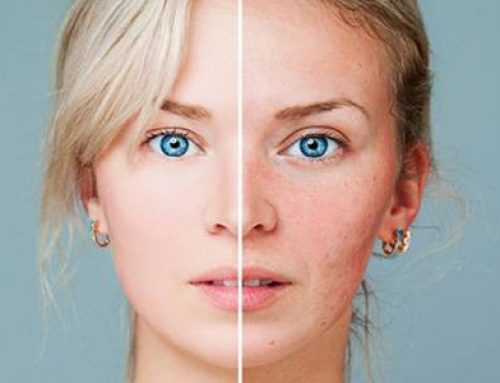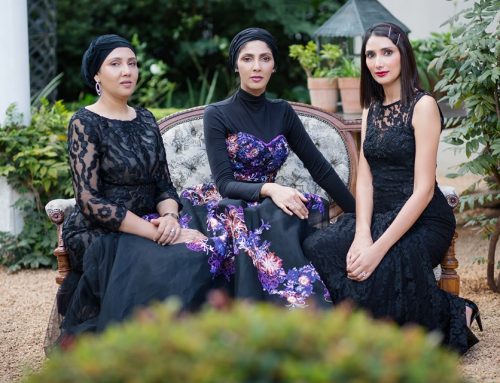If there is one thing we treasure as women, it’s our hair. Flowing locks are the ultimate symbol of our femininity and we see it as a reflection of our identity. The hair industry has become a multibillion-dollar sector globally, for good reason. The average woman spends hours each week styling her hair and will spend thousands of Rands annually on maintaining their tresses. It is no wonder then why they find themselves frenzied and panicked when their hair starts to fall out.
Following the stress of lockdown and the Covid-19 pandemic, many women have noticed thinning hair and some even have reported bald spots. The anxiety caused by the pandemic has resulted in sleepless nights, continual worry over finances and the health of our loved ones, which has had a detrimental effect on our hair. Sometimes, it is not only stress related, but hormonal and can lead to long-term hair loss and balding caused by androgenetic alopecia.
This is the most common type of hair loss that adult women face, and don’t fear, you are not alone. Studies have proven that amongst healthy women, up to 40 percent of them experience some degree of hair loss on the front or side of the scalp, and more than one in four women over the age of 50 experiences significant hair loss.
At Dr Bhabha Aesthetics, we meet so many female patients who come to us with intense anxiety over hair loss, and due to the fact that female pattern balding is progressive (gets worse without treatment), we believe it is crucial that all women understand the best ways to address their hair loss.
So what can you do? Hair growth medicines have side-effects. Hair transplant surgery is risky and has downtime. So what options are there?
Hair Innovation | Regenera Active
The Basics
Regenera Active is an all-natural hair growth treatment. With this treatment, patients will only experience minimal side effects and no social downtime. It uses “micro-grafts” that are harvested from your own healthy hair.
Let’s Get into the Science
This innovative, rejuvenating treatment technique using Autologous Micrografting Technology –based on the disaggregation of autologous scalp tissue micro-grafts. Let’s break that down to layman’s terms: basically it is the removal of a section of hair from to be used on that same individual. These extracted cellular components can then be utilised in regenerative skin treatments. The primary use of Regenera Activa is the alopecia treatment of hair loss – specifically androgenetic alopecia.
What is Alopecia?
There are different types of alopecia, this is why it is important to correctly diagnose the type and the severity of your specific condition.
Ultimately, the objective of the Regenera Activa treatment is to regenerate and recover severely non-functional, but still living hair follicles. “There are many people who have tried hair loss treatments, for example hair growth sprays, oral supplements, laser treatments and other unproven hair growth products, sadly with poor or no results,“ explains Dr Fatima Bhabha.
“To administer the treatment, epidermal tissue is obtained through a minimally invasive micro-graft behind the back of the ear. The benefit of this treatment is that it uses autologous tissue. The only downtime includes: no sports for a week, no washing the head for 24 hours, caring for the grafting area like a normal wound, and slight pain in scalp,” she continues.
The multitude of benefits for Regenera Activa include the following:
- relatively quick procedure
- no hospitalization or operation needed
- only local anaesthesia, a closed handling system
- autologous tissue used so no side effects
- no chemicals or enzymes used, just mechanical disaggregation
- affordable treatment compared to other options
“This is also a complementary treatment to PRP, mesotherapy and micro-needling, as well as home care treatment products, shares Dr Bhabha. “We are excited to have the availability of this treatment for our patients, both male and female, as it uses your own body’s ability to produce new hair by stimulating a hair regenerative process.”






